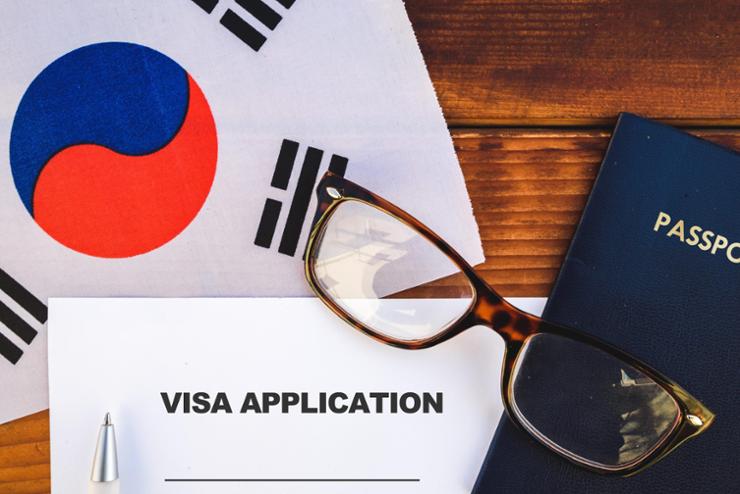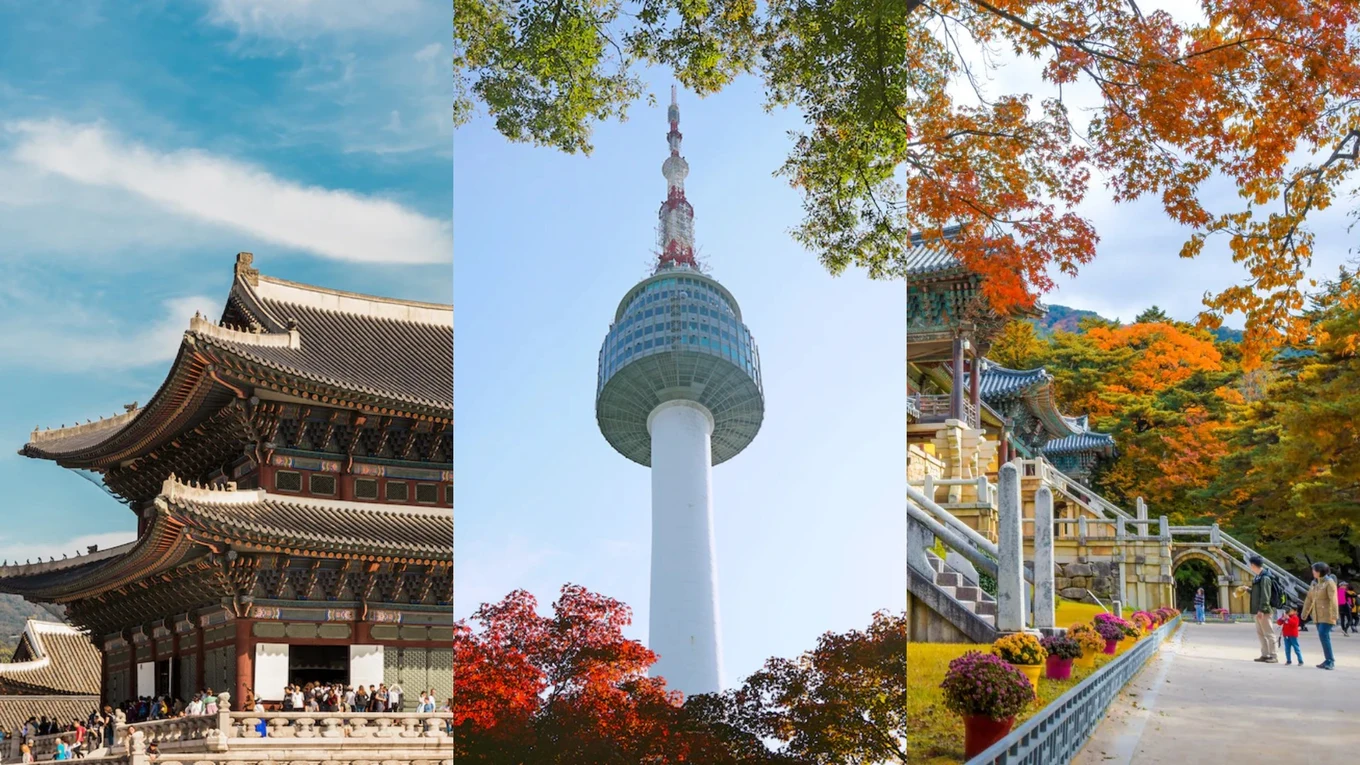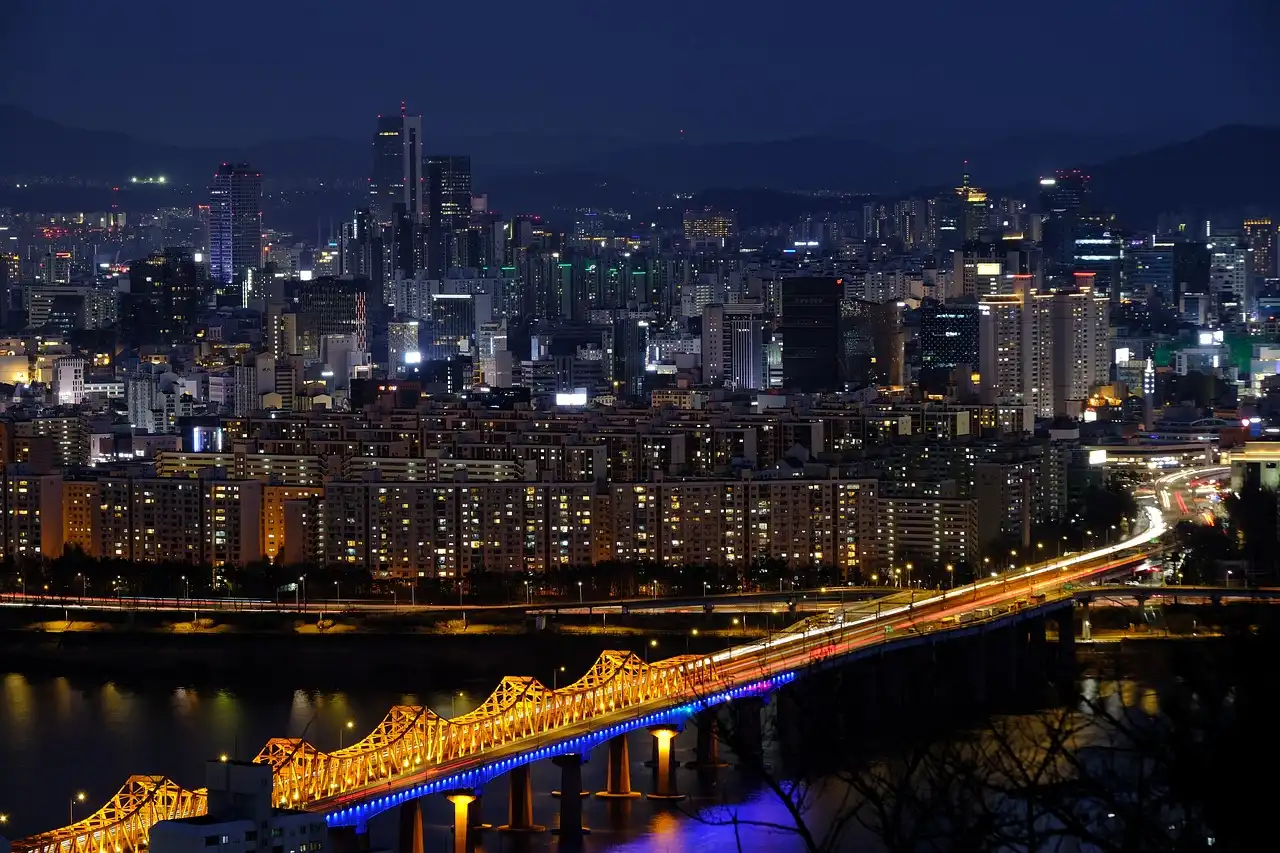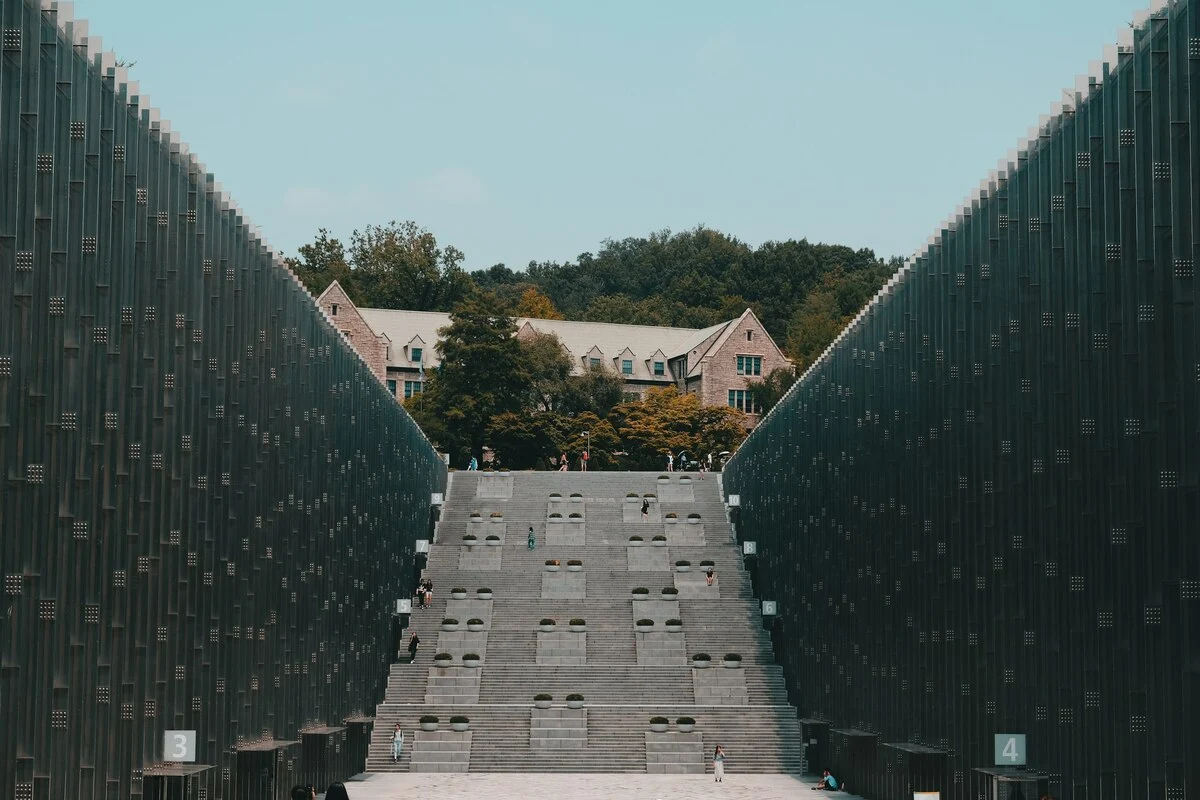U.S. Abandoned Plans to Remove Chun Doo-hwan After December 12 Incident

In the wake of the December 12, 1979 incident, the United States initially classified the event as a rebellion and sought to remove Chun Doo-hwan from power. However, they reassessed their strategy upon realizing that Chun had unexpectedly strong support within the South Korean military. The U.S. had even considered an assassination plot against him.
Following the incident, some South Korean military personnel who were aligned with the U.S. began monitoring Chun's residence, looking for opportunities to carry out a sniper attack. Sensing the danger, Chun changed his residence three times and increased his security measures. The assassination team, growing anxious, devised a plan to stage a car accident as a cover for the attack and conducted several reconnaissance missions and mock drills, but ultimately, the plan was never executed.
Political scientist Lee Wan-bum (63), a professor at the Academy of Korean Studies, elaborates on the U.S. government's intentions to remove Chun in his new research work, "A Study of U.S. Political Intervention in Korea," volumes 4 to 6. While many details have emerged through various memoirs and testimonies, Professor Lee compiled and analyzed documents from the Jimmy Carter Library in Atlanta and the South Korean Ministry of Foreign Affairs for a comprehensive view.
He explains that the U.S. secretly initiated plans to eliminate Chun after General Jeong Seung-hwa, a military leader they deemed reliable, was arrested during the December 12 incident. This led to simultaneous plans in early 1980 for Chun's assassination and support for anti-Chun factions within the military.
"However, they were unable to secure a military leader with stronger leadership than Chun, and Chun displayed a shrewd attitude by temporarily complying with U.S. demands to remain out of the spotlight," Professor Lee noted. As a result, Chun maintained a low profile from December 12 to the expansion of martial law on May 17, allowing for a brief period known as the 'Spring of Seoul.'
So why did the plan to remove Chun fail? One reason was the diminished influence of the U.S. in South Korea compared to the events of April 19 and May 16. However, Professor Lee argues that a more significant factor was the increased risk of North Korean aggression if Chun were removed. The U.S., prioritizing security to counter the Soviet Union in Northeast Asia, had no choice but to postpone the plan to eliminate Chun.
Nevertheless, this was not a complete abandonment of the plan. In January 1981, when the Supreme Court sentenced Kim Dae-jung to death, the U.S. considered reviving the plan to remove Chun. However, after Kim Dae-jung was granted a commutation and went into exile, the plan was shelved once again.
In November 1986, Chun plotted a coup to extend his rule, prompting the U.S. to send Assistant Secretary of State Gaston Sigur to warn him against such actions. In June 1987, amid concerns over military suppression of protests, U.S. Ambassador James Lilley issued another warning. Professor Lee concludes that, broadly speaking, the U.S. plan to remove Chun was indirectly achieved through the June 29 Declaration in 1987.
Professor Lee interprets this as evidence that the U.S. responded pragmatically to the dual values of human rights and security. He emphasizes that failing to recognize the U.S. as a realist, neither an angel nor a devil, renders both pro-U.S. and anti-U.S. sentiments mere illusions.
What do you think?
0 reactions





